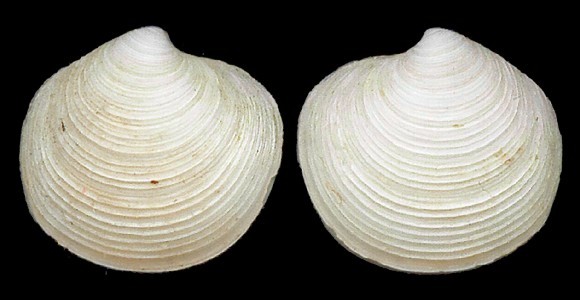
Original taxon: Venus borealis.
180m deep, on muddy bottom, Syracusa, Sicily. 12mm.
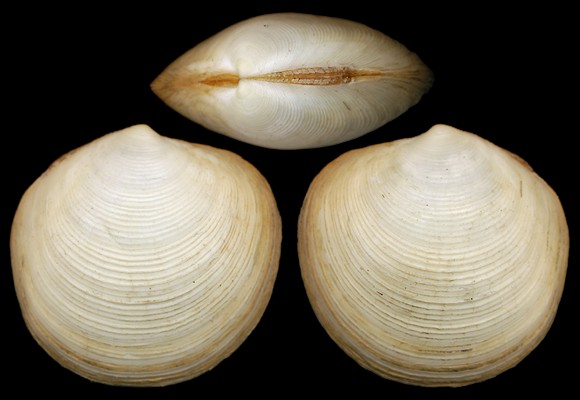
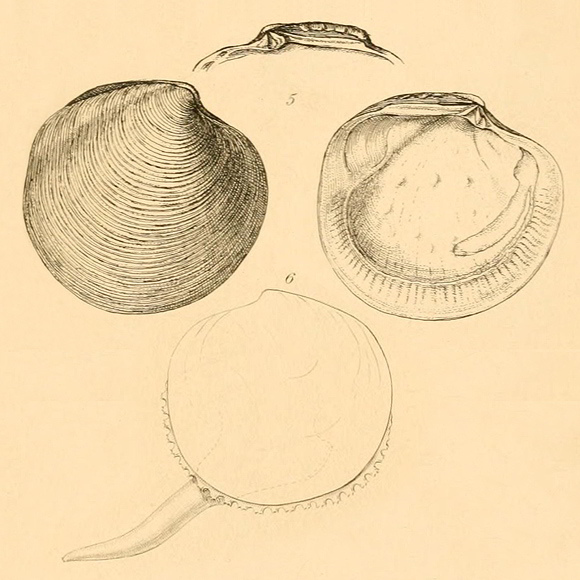
« Suborbicular ; with raised concentric striae. […] The contour of this thread-girt bivalve is very nearly orbicular, the length of the shell scarcely exceeding the breadth in the slightest degree. The valves, which are rather ventricose in the middle, but rapidly diminish in convexity towards the margin, and chiefly anteriorward, are of an uniform more or less pure white, and are covered in the adult with a delicate yellowish or ash-coloured epidermis. Acute membranaceous striae, which are rather closely arranged in a concentric direction, and are more or less equidistant, render the entire surface rough to the touch ; the interstitial spaces are not decussated, and there is no other sculpture or division of surface present, excepting an obscure shallow sulcus along the ordinary site of an umbonal ridge. » – F. & H.: Brit. Moll. vol. II.
But…« …sculpture: numerous concentric ridges or ribs, which are not much raised although tolerably sharp ; they become closer, irregular, and even confluent towards the front margin in adult specimens, and are somewhat laminar towards the posterior margin ; the only other markings appear to be a few slight and minute concentric lines between the ridges. » – J. G. Jeffreys: Brit. Conch. vol. II, via BHL.
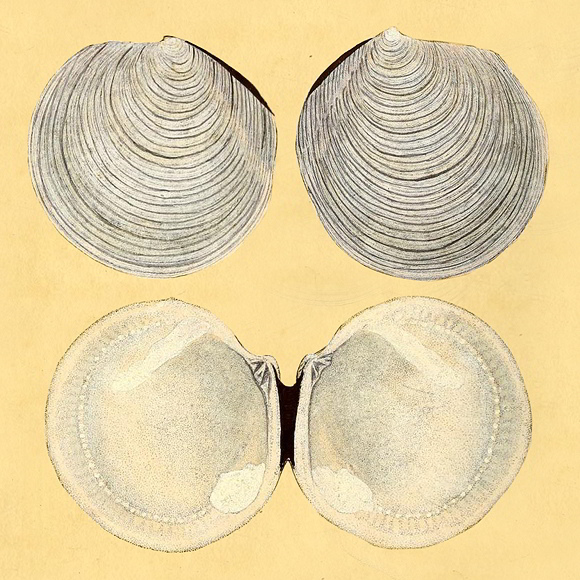
« Shell lentiform, with very remote transverse, erect, membranaceous striae. […] This is a scarce, or very local shell on the British coasts, and seems to agree with the description of the Linnaean Venus borealis. The species was unknown to Da Costa, and is different from that which Mr. Pennant describes under the same name. We first discovered it on the coast of South Wales; and since that time have received it from Miss Pocock, by whom it was found on the coasts of Cornwall in some plenty. »
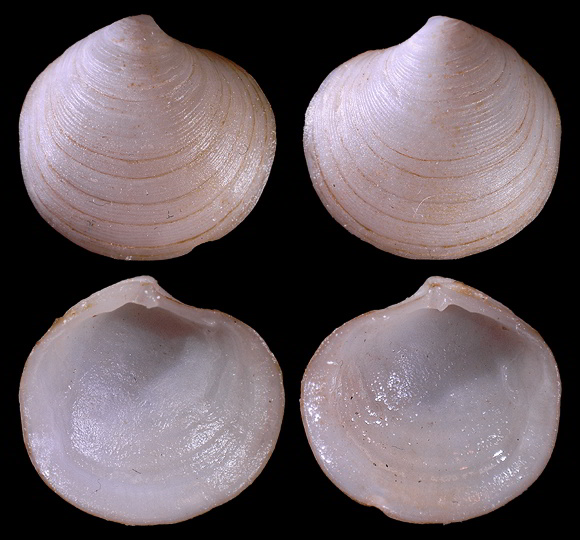
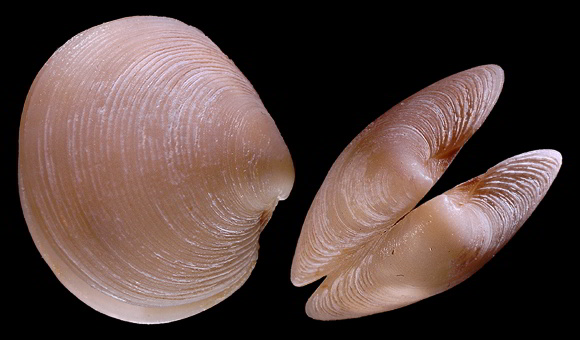
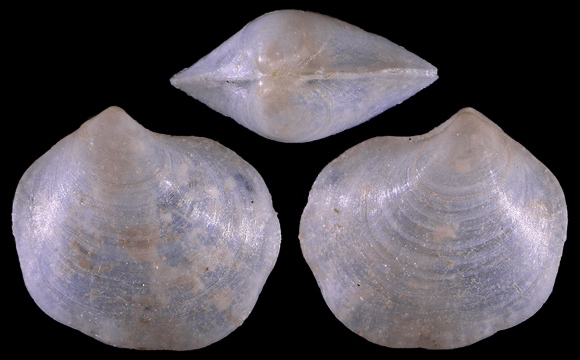
This is not a Thyasirid…
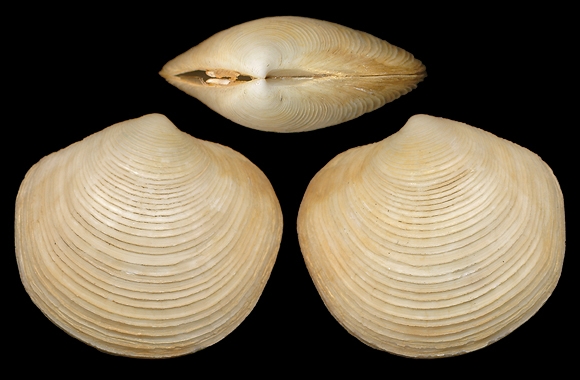
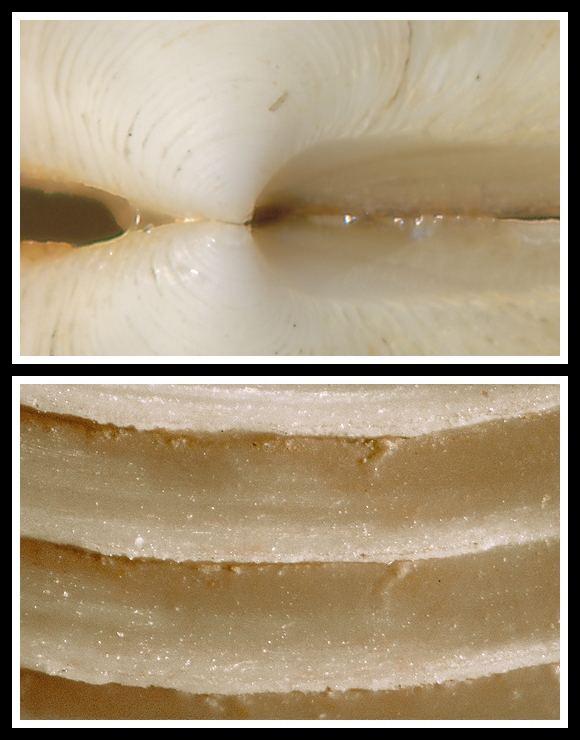
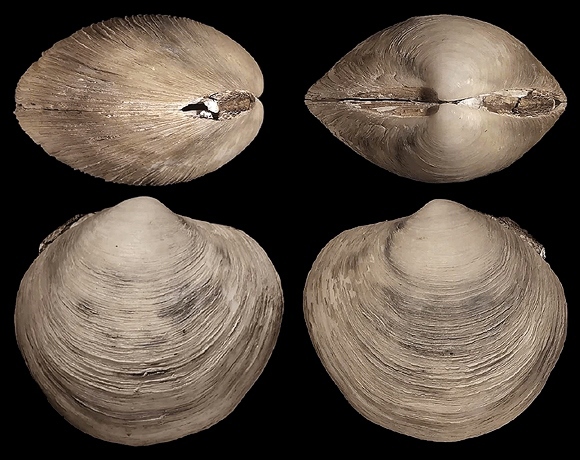
Original pictures provided by N. Lete (HR).
– (CC BY-NC-SA) –